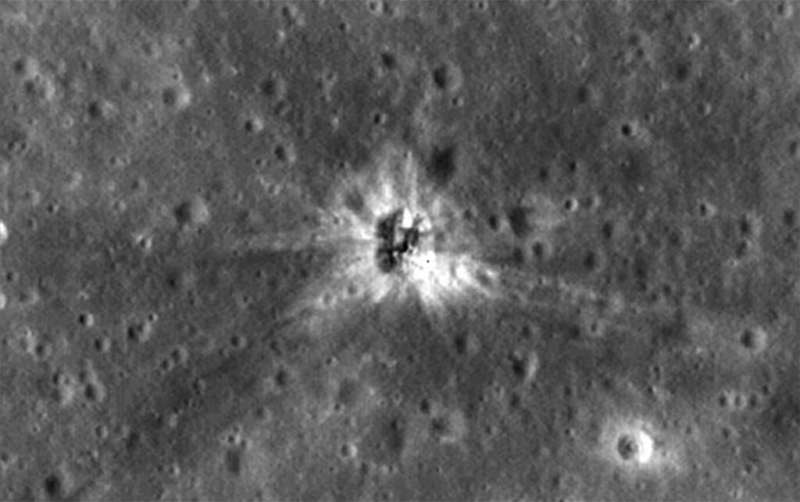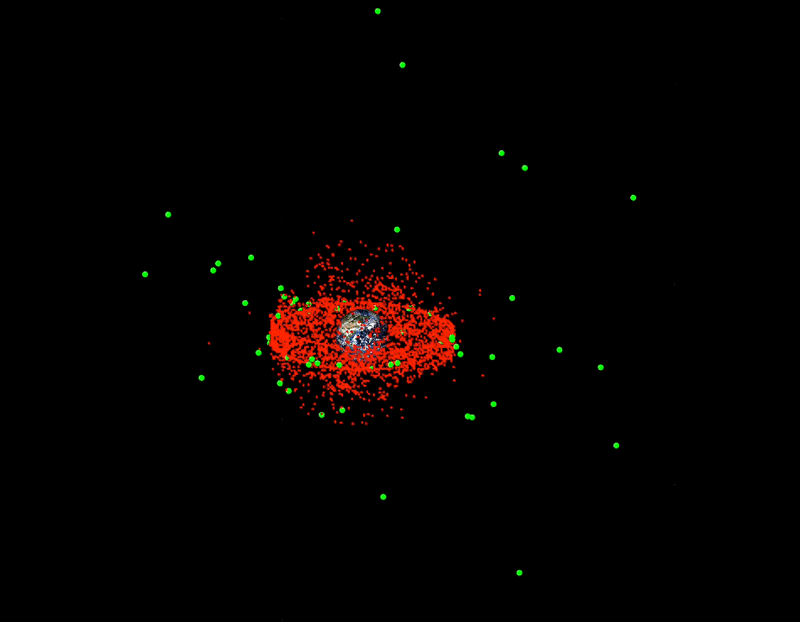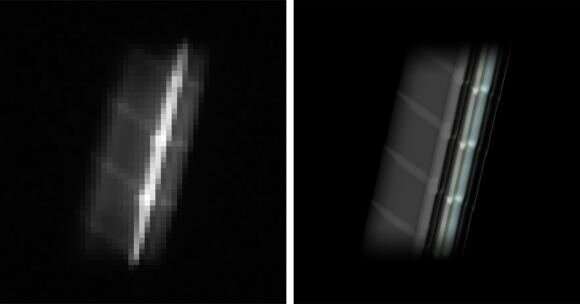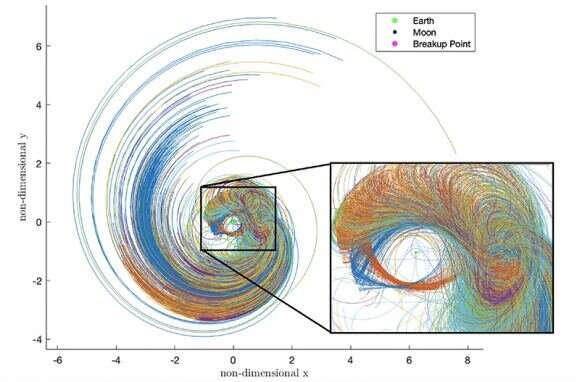This article has been reviewed according to Science X's editorial process and policies. Editors have highlighted the following attributes while ensuring the content's credibility:
fact-checked
trusted source
proofread
It's time to start worrying about space junk around the moon, too

It's getting crowded up there. An increase in military, commercial and scientific launches, coupled with a lower cost for rideshare cubesat launches, means lots more space junk to deal with in coming years. And we're not just talking about low Earth orbit; the moon and cis-lunar (near lunar space) is about to become busy as well.
While we track and understand (for the most part) what's in low Earth orbit (LEO), we often fail to keep tabs on what's in Medium- to High- (Geostationary/Geosynchronous GEO) orbit and beyond. Even less so is true around the moon, which is about to become a busy place in coming years. Now, a recent study out of Purdue University is looking to model and track space debris around the moon, with an eye towards mitigation.

Tracking lunar space debris
The study, led by Carolin Frueh, would give tracking assets prime areas and regions in the sky near the moon to perform such a mission. The study also points to using "four-body geometry" to model the evolution of orbits over time.
Debris tracking and avoidance is already a frequent problem for the International Space Station in low-Earth orbit. This is an issue that future lunar missions will also have to come to terms with.
"Currently, there are not that many missions into that (cis-lunar) space yet," Carolin Frueh (Purdue University) told Universe Today. "From that perspective, we 'know what is going on,' but as we do not have established surveillance in that region (yet), we are lacking a lot of information, especially in terms of deep-space objects coming into that region and in terms of debris objects."
Close calls in cis-lunar space
Recent events highlight just how busy things are already getting around the moon. A recent lunar rocket booster crash on the far side of the moon in early 2022 was one such example. Originally thought to belong to SpaceX, the booster was later identified as a Long March rocket upper stage belonging to China.
And speaking of close calls, NASA's venerable Lunar Reconnaissance Orbiter (LRO) was recently actually seen during a pass by the Korea Pathfinder Lunar Orbiter's (KPLO) ShadowCam instrument at range of only 18 kilometers.

The four-body problem
The gulf of space between the Earth and the moon is vast. About a quarter of a million miles across, this region is also poorly policed by Earth-based radars and telescopes tasked with tracking space junk. Assets in space in orbit around the Earth (or better yet the moon) would do a better job, though none are in place as of yet.
"The near Earth environment is dominated by the Earth, for a satellite we speak of two-body geometry," says Frueh. "Significantly above the geosynchronous region, the gravity of the moon is more than a mere small perturbation on a two-body orbit and we speak of three-body geometry. Four-body geometry comes into play when e.g. regarding the Earth, moon, and sun's gravitational effects. As the sun is a large gravitational body it is, of course, a perturbation on the two-body and the three body orbits. The four-body geometry is especially relevant when we want to evaluate if objects, in the near and mid-term, stay in the cis-lunar (Earth-Moon) region, or will leave that region (however, might come back again at a much later time)."
Frueh uses light curves to predict imminent break up events for satellites in Earth orbit. This can also be applied to the moon.
"In my own work, I leveraged the four-body geometry to evaluate electro-optical (space telescope) surveillance options for the cis-lunar realm," says Frueh. "Here, from the astrodynamics in the three-body approximation is sufficiently good, but I used four-body geometry to get the illumination conditions of the sun within the approximation that I need for the EO (electro-optical) sensors."
A busy decade to come
Returning space junk from heliocentric orbit often makes its way into lunar or Earth orbit as temporary satellites. One such case was J002E3, which turned out to be a booster from Apollo 12. Another was the asteroid 2010 QW1 which was later identified as a Long March-3C upper stage from China's Chang'e-2 mission.
"Yes, heliocentric objects might come back into the cis-lunar realm," says Frueh. "Hence, when evaluating disposal options that 'leave the cis-lunar region,' return at a (much) later time has to be considered."

Missions headed to the moon in the next decade include crewed Artemis missions. Next up is Artemis II lunar flyby next year, and the Artemis III lunar landing in 2025. NASA's Viper rover heads to the moon in 2024. Astrobotics and Intuitive Machines will land on the moon as early as late this year. Also, the crewed Lunar Gateway orbital outpost is planned for late 2025.
Improving tracking and detection, preferably via an in situ lunar tracking network is paramount. "The establishment of a comprehensive surveillance for the cis-lunar region is an area of much active research and development at the moment," says Frueh.
Enter the Artemis Accords
The Artemis Accords signed by 29 nations in 2020 directly addresses the need to combat the growing issue of space debris.
Many international agencies are also betting on the growth of a "lunar economy." This will add to the lunar traffic workload in the coming years. Lots of companies are waiting to exploit the moon for resources, both economic and scientific. To this end, the European Space Agency (ESA) is also looking to establish Moonlight, an independent communications network around the moon. This network of three to four satellites (plus on-orbit spares) should be in place by as early as 2025.
We'll have one shot at getting this right and keeping debris around the moon under control, as humans return to the moon over the next decade in a big way.
Provided by Universe Today




















